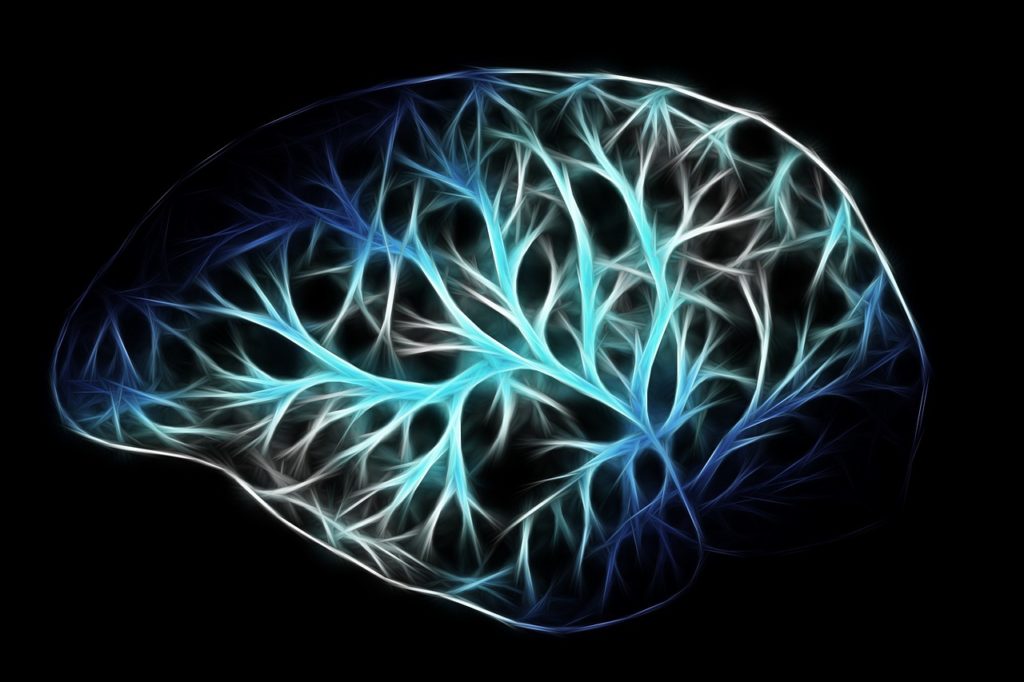Brain Cells: What’s going on inside your head?
by Scott Dutfield · 23/09/2019

Your brain is an incredible thing. It is one of the most complex structures in the known universe, and for decades, scientists have been teasing it apart to find out what it’s made of and how it works.
The brain is an electrical and chemical circuit, and nerve cells, or neurons, are the components. They each have a cell body, which contains their genetic code, an axon to transmit electrical impulses, and dendrites to receive them.
They are connected together at junctions known as synapses. When an impulse arrives, packets of molecules are released, passing the message on. Each neuron makes hundreds, or even thousands, of connections, producing the complicated patterns that drive human thought.
There are hundreds of different types of neuron in the brain, categorised according to their unique structure and function, and more are being discovered all the time. But they can’t function on their own. They are supported by a network of glial cells – a name that literally means ‘glue’.
There are three main types of glial cell. Oligodendrocytes have fatty branches, which they wrap around the conducting axons of nerve cells like the plastic coating on electrical wires. This provides insulation, preventing signals from getting crossed and speeding up their transmission along the chain.
Microglia are part of the immune system and act like an in-house cleanup crew, tracking down pathogens and clearing debris from the brain. Then there’s the star-shaped astrocytes, which reach between nerve cells and blood vessels with their long, thin arms, shuttling nutrients, mopping up waste products, and even getting involved with chemical signalling.
Under the microscope
A closer look at the brain reveals a complex network of different cells
This article was originally published in How It Works issue 97, written by Laura Mears
For more science and technology articles, pick up the latest copy of How It Works from all good retailers or from our website now. If you have a tablet or smartphone, you can also download the digital version onto your iOS or Android device. To make sure you never miss an issue of How It Works magazine, subscribe today!





